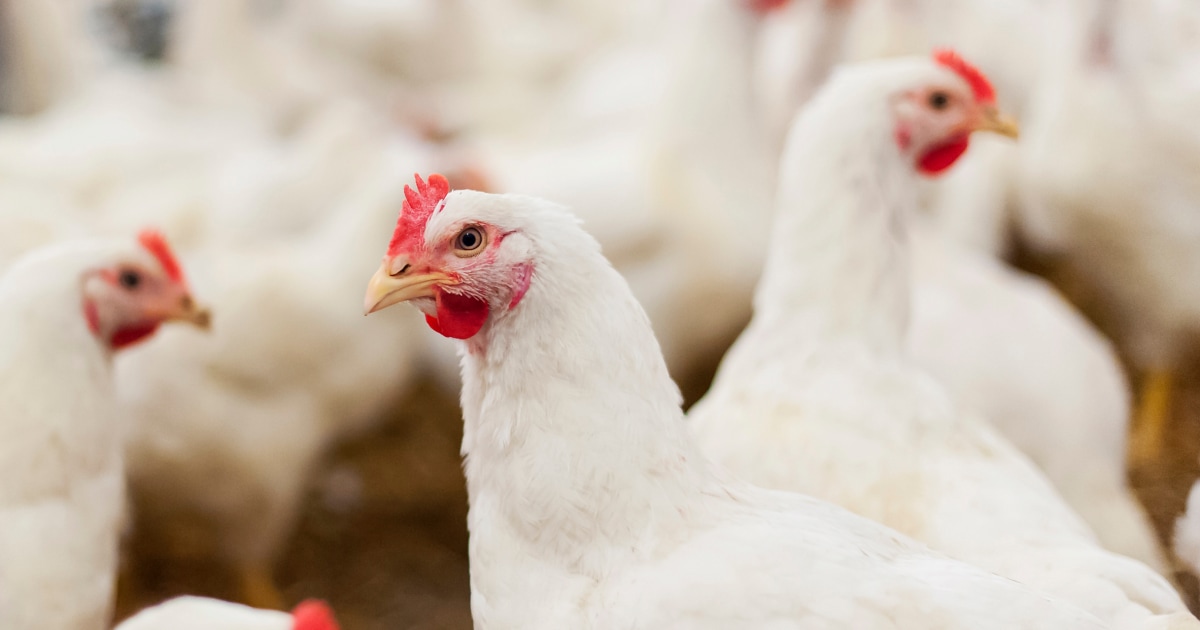As the summer sun blazes, there’s nothing quite like effervescence of an Espumante to cool things down. Argentina, renowned for its Malbec, has been steadily making waves with its exceptional sparkling wines, Espumantes. The country’s journey into sparkling wine production began in the early 20th century, influenced by European immigrants, particularly those from Italy and Spain.
While initially overshadowed by the more popular still wines, Espumantes have steadily gained recognition and appreciation with vintners spending the last few decades honing their craft to create sparkling wine varieties that rival some of the best in the world. In fact, Argentina’s Espumantes experience year-on-year growth both in the domestic market as well as the international marketplace with domestic sales claiming the majority of the more than 397,077 hl produced, according to the National Institute of Viticulture. The remaining 65,544 hl of sparkling wine were exported mainly to the USA, Brazil, Chile, China, Ecuador, France and Uruguay at a value of US$29,541,000.

The most-sold Espumante segment in Argentina is dry sparkling wine, which represents 54.7 per cent of the total domestic intake followed by sweet sparkling wine (31.9 per cent) and demi-sec sparkling wine (8.
3 per cent). Mendoza is the region where 99 per cent of the country’s Espumante is produced with Luján de Cuyo (39.7 per cent), Maipú (32.
5 per cent), San Rafael (17.2 per cent) and Tunuyán (4.9 per cent) the top producing subregions of that wine province.
As shared previously in these pages, Espumante is the Spanish term for sparkling wine, and in Argentina, it is crafted using two primary methods: the Traditional Method (or Método Tradicional) and the Charmat Method. The Traditional Method, the style used in Champagne, France, is known for producing high-quality, complex wines. The process involves a secondary fermentation in the bottle, which creates the characteristic bubbles.
The Charmat Method, also known as the Tank Method, is faster and more cost-effective as the secondary fermentation occurs in large stainless steel tanks rather than individual bottles. This method is ideal for producing fresh, fruit-forward Espumantes that retain their youthful vibrancy and are perfect for immediate consumption. Argentina’s diverse terroir plays a crucial role in the quality and style of its Espumantes as the country’s unique geography — boasting high-altitude vineyards, abundant sunshine, and cool mountain breezes — creates the perfect conditions for growing grapes with the acidity and freshness needed for sparkling wine production.
Known primarily for Malbec, Mendoza also excels in producing Espumantes, particularly in the Uco Valley where the combination of high altitude and cool temperatures preserves the acidity in grapes, which is essential for creating balanced, refreshing sparkling wines. These lively, bubbly wines offer a perfect balance of refreshment, elegance, and flavour, making them an ideal companion for warm weather. When the temperature rises, the light, refreshing qualities of Espumantes make them an ideal choice for summer sipping.
Their effervescence provides a delightful sensory experience that offers bubbles to tickle the palate, creating a refreshing sensation that is especially welcome on a hot day. The lively carbonation enhances the wine’s crispness, making it incredibly easy to drink and enjoy. Espumantes are also incredibly versatile when it comes to food pairings, as their acidity and effervescence make them a perfect match for a wide range of summer dishes.
Whether you’re enjoying light salads, fresh seafood, or grilled vegetables, Espumantes can elevate the flavours of your meal while also pairing wonderfully with summer fruits and desserts, like strawberries, peaches, and sorbets. Today Thursday Food introduces the Espumantes of Cavas Rosell Boher, a winery whose history dates back 120 years and whose use of the Traditional Method, to produce their first-ever Espumante more than 20 years ago continues today. The five wines featured are delightfully decadent sparkling varieties designed to tantalise the palate as the summer heats up.
ROSELL BOHER GRAND CUVÉE 70 MONTHS LIMITED EDITION 2016 is 90 per cent Pinot Noir and 10 per cent Chardonnay from grapes grown Finca Los Árboles in Tunuyán, Uco Valley, Mendoza at 1,250 metres above sea level. This sparkling wine, which was aged for 70 months and produced only 6,00 bottles, has a copper colour with salmon reflections. It exhibits aromas on the nose of chocolate, coffee, coconut, hazelnuts, vanilla and almonds.
In the mouth, it has good acidity which provides freshness, is full on the palate, has good body and is intense. The long period of maturation on its fine lees incorporates notes of evolution, such as cooked fruit, toast and bakery yeast. ROSELL BOHER GRANDE CUVÉE MILLESIMÉE 2019 , made from 85 per cent Pinot Noir and 15 per cent Chardonnay grapes from the winery’s Tunuyán vineyards, was aged for 40 months and has a golden yellow colour.
On the nose, the aromas expressed are toasted bread, coconut, hazelnuts, vanilla and almonds. On the palate it has good acidity, is full with good body and intensity while also exhibiting complex flavours, from the dairy family. ROSELL BOHER ROSÉ , a 100 per cent Pinot Noir from the Finca Los Árboles vineyards in the Uco Valley subregion of Tunuyán, is a sparkling wine aged on lees for 30 months and has a soft red colour with ruby tones, bright, persistent foam and small bubbles.
Intense fruity aromas such as cherries, raspberries, citrus, pineapple, coconut and some toasted bread and yeast are expressed on the nose. In the mouth, it has good body, is fresh with good acidity, is long and balanced in its finish with soft and delicate foam. Flavours of red fruits and citrus are also perceived in the mouth as well.
ROSELL BOHER BRUT , a 60 per cent Pinot Noir and 40 per cent Chardonnay from their Uco Valley, Mendoza vineyards, is a sparkling wine aged between 30 and 36 months and has a pale golden yellow colour, persistent foam and very small bubbles. On the nose are aromas of toasted bread, tropical fruits, hints of almond and coconut, while on the palate, it has good acidity, is full-bodied, long and without bitterness. Its flavours are consistent with what is promised on the nose and there are peaches, some cherry, citrus like pink grapefruit and tropical fruits.
ROSELL BOHER ENCARNACIÓN is comprised of 80 per cent Chardonnay and 20 per cent Pinot Noir grapes grown in Mendoza at Finca Los Árboles in Tunuyán, at 1,250 metres above sea level. Aged for a minimum of 24 months this Espumante has a yellow-greenish colour with golden reflections. It expresses aromas of nuts (hazelnuts – almonds), pome fruits (quinces – apples – pears), citrus and toasted notes typical of its evolution on fine lees.
In the mouth it also has good acidity and is intense on the palate where flavours typical of the predominant variety are found. Added to this is the structure provided by the Pinot Noir and the long period in contact with fine lees, resulting in a very complex product. In the world of wine, few things are as delightful as a well-made Espumante from Argentina.
Whether you’re lounging by the pool, hosting a summer brunch, or toasting to a beautiful sunset, Espumantes offer a refreshing and elegant option that perfectly encapsulates the essence of summer. Their versatility, affordability, and sheer joy make them a must-have in any summer wine collection. So, as the temperatures rise, embrace the bubbles, pour yourself a glass of Espumante, and let Argentina’s finest sparkling wines elevate your summer experience.
Salud!.



















